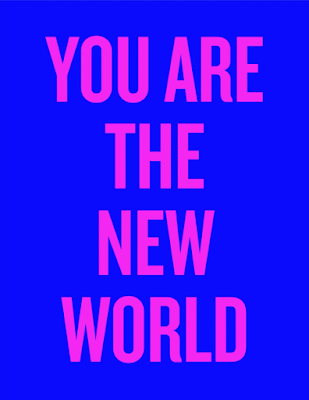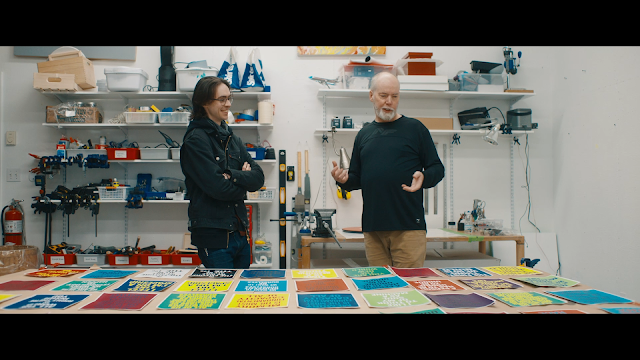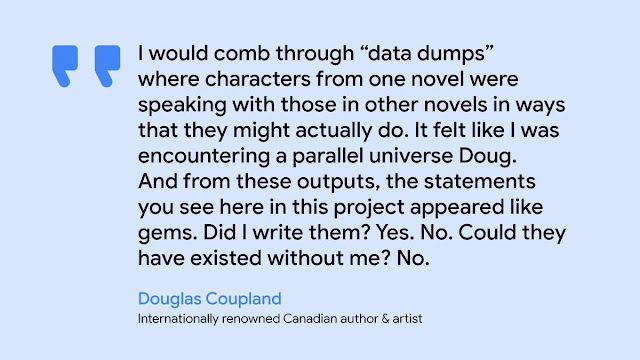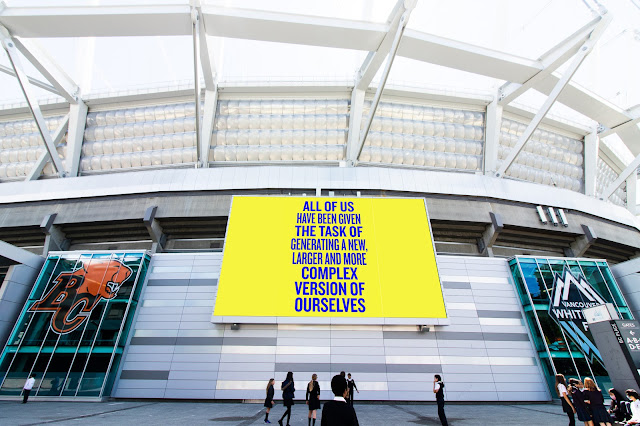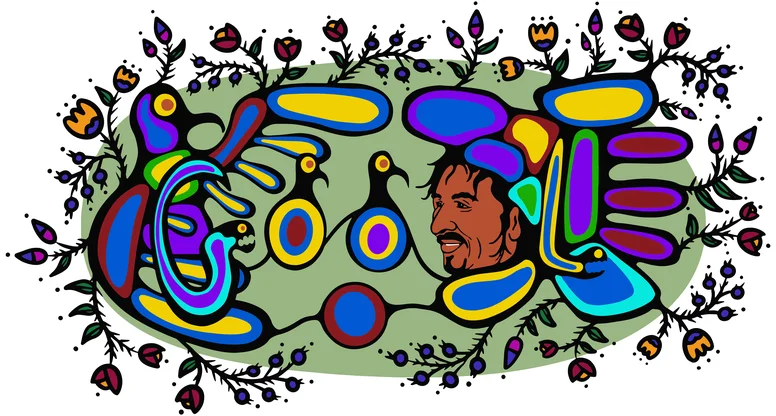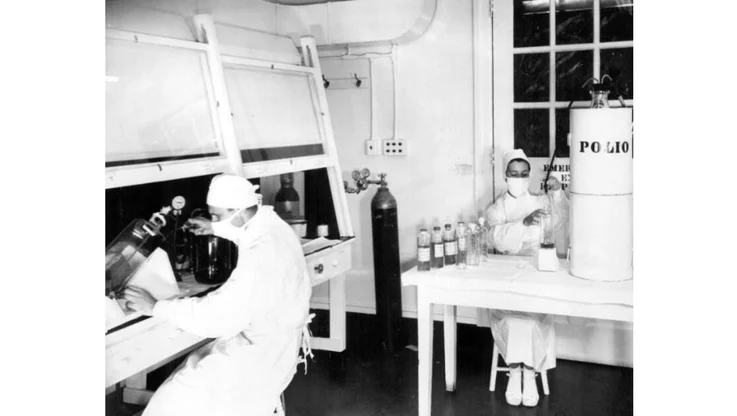Douglas Coupland x Google Research: The intersection of art and technology
Have you ever noticed that the word art is embedded in ARTificial intelligence? Neither did we, but when the opportunity presented itself to explore how artificial intelligence (AI) inspires artistic expression — with the help of internationally renowned Canadian artist Douglas Coupland — the Google Research team jumped on it. This collaboration, with the support of Google Arts & Culture, culminated in a project called Slogans for the Class of 2030, which spotlights the experiences of the first generation of young people whose lives are fully intertwined with the existence of AI.
This collaboration was brought to life by first introducing Coupland’s written work to a machine learning language model. Machine learning is a form of AI that provides computer systems the ability to automatically learn from data. In this case, Google research scientists tuned a machine learning algorithm with Coupland’s 30-year body of written work — more than a million words — so it would familiarize itself with the author’s unique style of writing. From there, curated general-public social media posts on selected topics were added to teach the algorithm how to craft short-form, topical statements.
Once the algorithm was trained, the next step was to process and reassemble suggestions of text, data, for Coupland to use as inspiration to create twenty-five Slogans for the Class of 2030. In his own words:
A common theme in Coupland’s work is the investigation of the human condition through the lens of pop culture. The focus on the class of 2030 was intentional. Coupland wanted to create works that would serve as inspiration for students in their early teens who will be graduating from university in 2030. For those teens considering their future career paths, he’d hope that this collaboration would trigger a broader conversation on the vast possibilities in the field and would acquaint them to the fact that AI does not have to be strictly scientific, it can be artful.
Unveiled today, all twenty-five thought provoking and visually rich digital slogans are yours to experience on Google Arts & Culture alongside Coupland’s artistic statement and other behind the scenes material. This isn't Douglas’ first collaboration with Google Arts & Culture, in 2019 Coupland’s Vancouver art exhibition was captured virtually. In 2015 and 2016, he joined the Google Arts & Culture Lab residency in Paris where he collaborated with engineers to develop many works including the Search book and the Living Internet.
In an effort to celebrate Canadian talent, multiple venues across Canada have signed on to display the slogans, for a limited time, on larger-than-life digital screens allowing curious minds to experience them in an immersive way. The screens include the Terry Fox Memorial Plaza at BC Place Stadium in Vancouver B. C., the Len Werry TELUS building in downtown Calgary, the downtown Toronto TELUS building and select Pattison screens across Canada.
“These art installations displayed at TELUS buildings in Calgary and Toronto are being showcased at the perfect time, as the weather is warming and more of us are safely re-exploring our neighbourhoods by spending time outdoors,” said Scott Dutchak, TELUS Vice-President of Real Estate. “Calgarians will already be familiar with the unique Douglas Coupland light display at TELUS Sky, and we jumped at the opportunity for more of our buildings to showcase the beauty of AI and art coming together, and to celebrate Douglas Couplands inspiring and captivating words.”
Technology has always played a role in creating new types of possibilities that inspire artists — from the sounds of distortion to the electronic sounds of synths for musicians for example. Today, advances in AI are opening up new possibilities for other forms of art and we look forward to seeing what the crossroads of art and technology bring to life.
